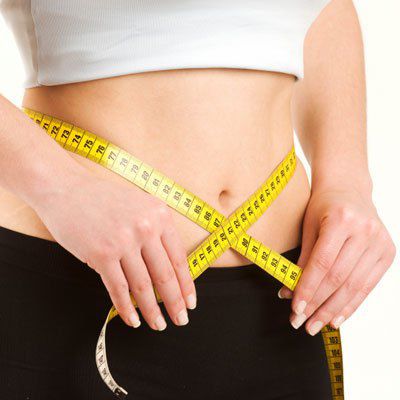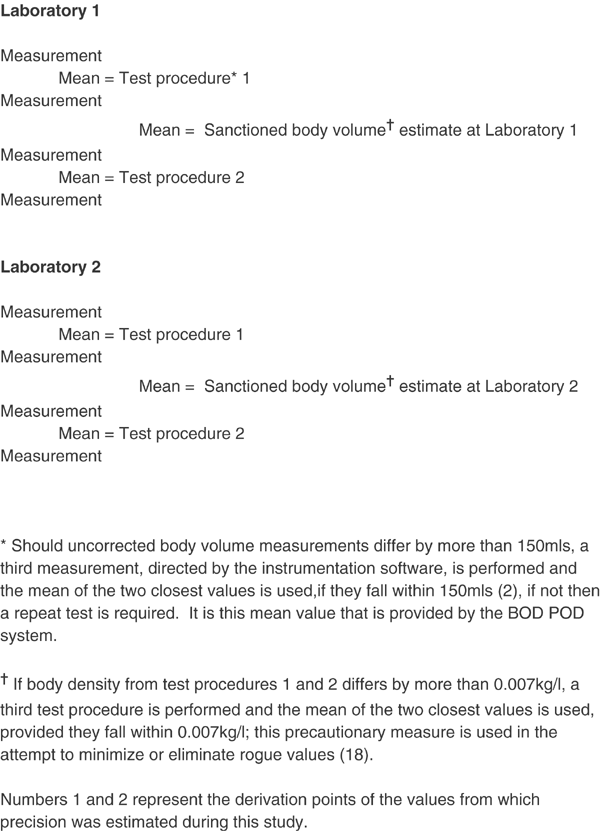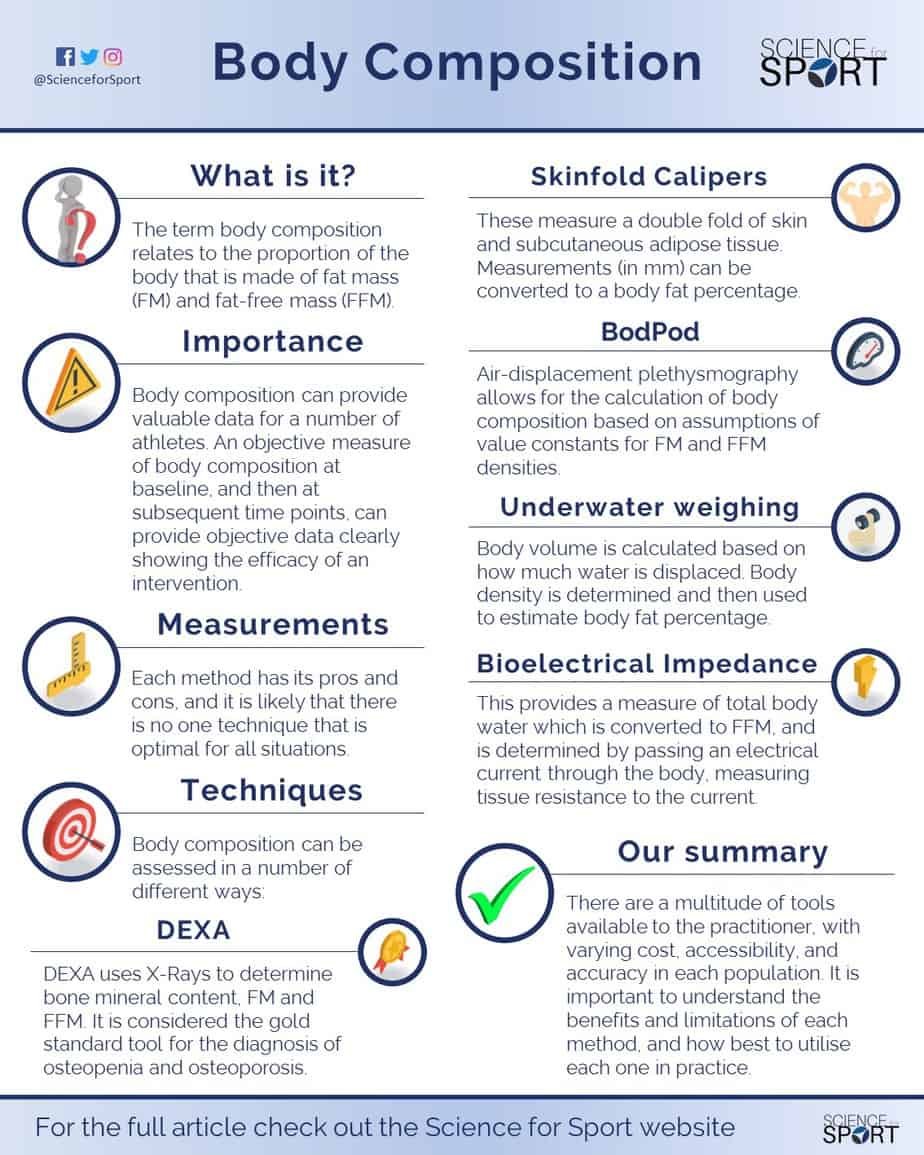
Laboratory Measurement Of Body Composition
This measurement includes all of the elements of your body bones blood organs muscles and fat. A quick google search will reveal a number of different ways to measure body mass and composition. Ongoing efforts involve multisegmental and multifrequency bioelectrical impedance analysis quantitative magnetic resonance for total body water fat and lean tissue measurements imaging to further define ectopic fat depots. Weight is an overall measure of your body mass. The measurement of body composition occurs in many branches of biology and medicine. A multi frequency unit bis.
The purpose of the body composition laboratory is to conduct research in the area of body composition and carry out measurements of body composition and energy expenditure to monitor growth nutritional status rehabilitation and energy requirements in a variety of clinical conditions. These devices provide details of intra and extracellular fluid as well as fat mass fat free mass and percent body fat. The simplest approach in body composition is the 2c model dividing body weight into fat mass fm and fat free mass ffm. Energy stores skeletal muscle and protein content can be determined and changes monitored. It is used in the assessment of nutritional and growth status and in disease states and their treatment. These high precision measurements are associated with body water mineral protein and fat content.
Body composition measurement methods are continuously being perfected. Body composition can be estimated by measuring total body water. Common methods for body composition assessment include hydrostatic. Assessment techniques vary from simple field measurements to elaborate laboratory techniques that require expensive equipment and specially trained technicians. Impedimed sfb7 and the inbody 720. The cnrc body composition laboratory is the only laboratory of its type in the nation that can provide a complete complement of body composition measurements in all populations ranging from low birth weight infants to adults.
The anhydrous fm is the chemically extractable fat with an assumed density of 09007 gcm3 whereas the ffm is assumed to have a density of 11000 gcm3and water content of 7372 per cent7. Body composition refers to the relative percentages of body weight comprised of fat and fat free body tissue. Laboratory measurements of body composition densitometry the application of densitometry to the measurement of human body composition is based on the principle that if thebodyisregardedasbeingmadeupoftwocomponents ofknowndensitiesthenthebodydensityisdeterminedby the relative proportions of the two components. At any rate these 9 indicators are some of the most important factors to consider. There is a multitude of established methods and techniques for in vivo estimation of body composition ranging from simple field methods for example skinfold measurement to laboratory methods such as dual energy x ray absorptiometry dxa hydrostatic weighing and the more complex in vivo neutron acti vation analysis. Our laboratory utilizes 2 devices for this measurement.
Random Post
- free body measurement printable
- body measurement rachel reynolds
- khabib body measurements
- body measurement of children's wear
- buzz body measurement
- speedo body loop measurement
- sachin tendulkar body measurement
- body measurement lori loughlin
- red velvet members body measurements
- body fat percentage measurement
- zoey deutch body measurement
- shagufta ejaz body measurement
- body fat measurement london
- jenna gray body measurement
- body dimensions female
- nona gaye body measurement
- body measurement iata
- bra fitting perth
- pro bodybuilders body measurements
- eleanor tomlinson body measurement
- bra size e
- sapna vyas body measurements
- ksenia solo body measurement
- army female body fat measurements
- body measurement tensorflow
- bra measurement tape
- employee wellness with body measurement labcorp
- body measurement mobile app
- alyson michalka body measurements
- correct bra size measurement
- lucy liu body measurement
- mary louise parker body measurement
- bella hadid body measurement
- body measurements iphone health
- yasmeen ghauri body measurement
- taya christian body measurements
- nora fatehi body measurement
- elias samson body measurement
- men's body measurement guide
- rohit suchanti body measurement
- alicia agneson body measurement
- cup body measurements
- using body parts as measurement
- weight loss body measurement chart
- body measurements for body fat percentage
- bwd body measurements
- rosalia body measurement
- irza khan body measurement
- just my size bra measurement
- barbie imperial body measurement

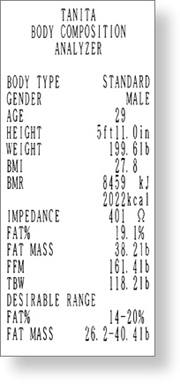

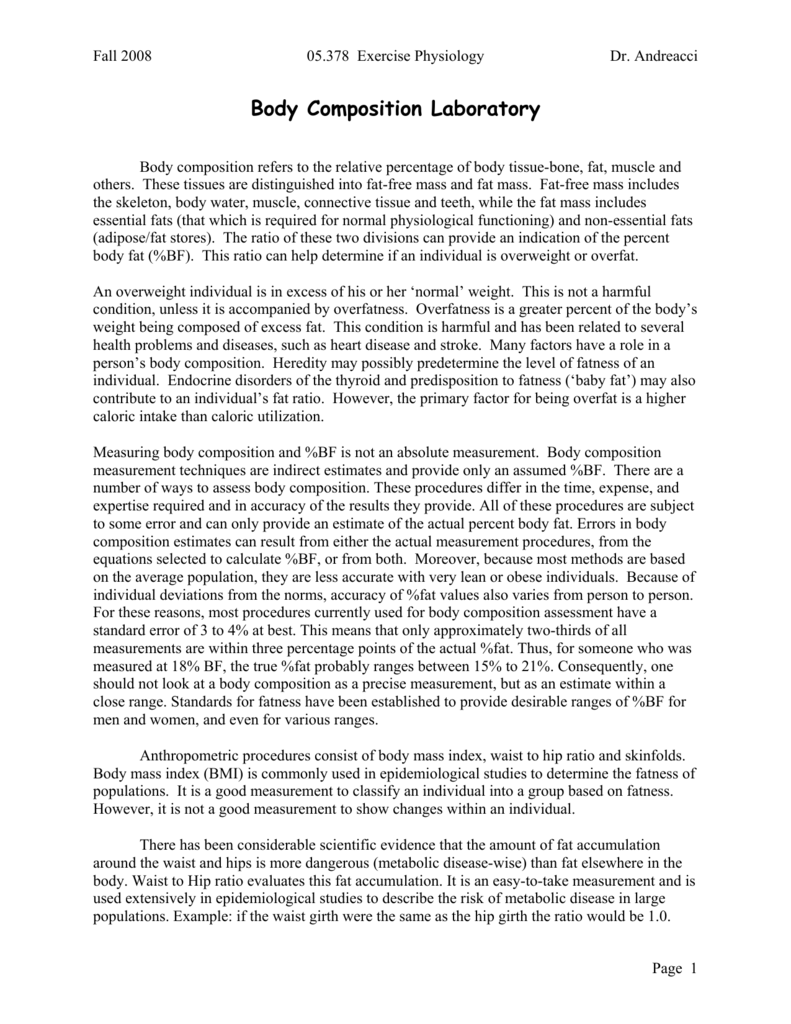
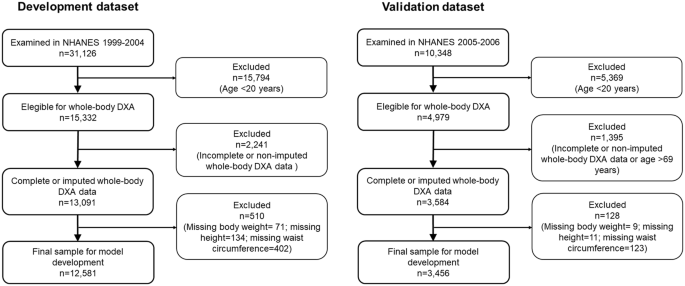
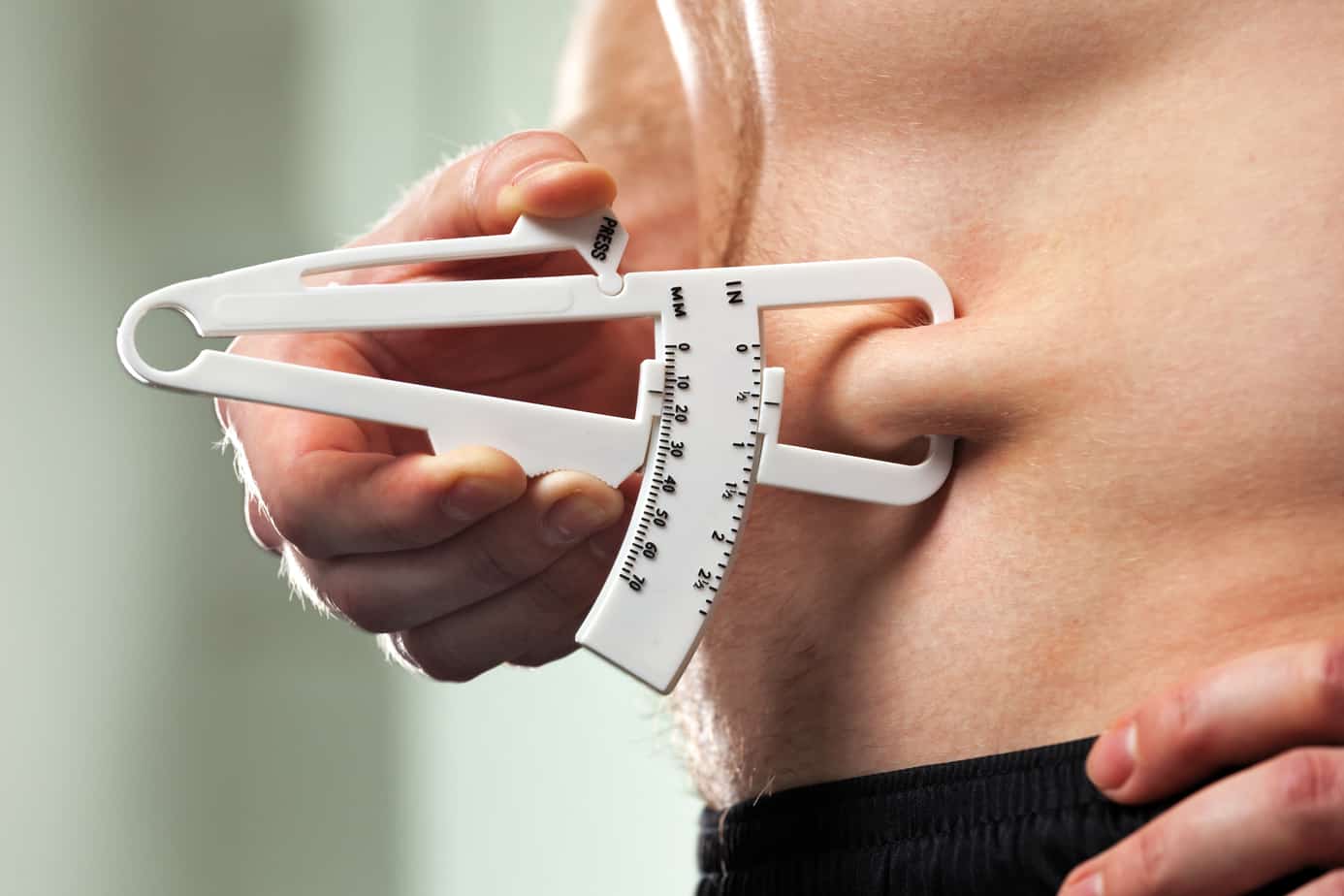
/underwater-hydrostatic-body-fat-weighing-453131436-5ad4f5c2642dca0036367079.jpg)




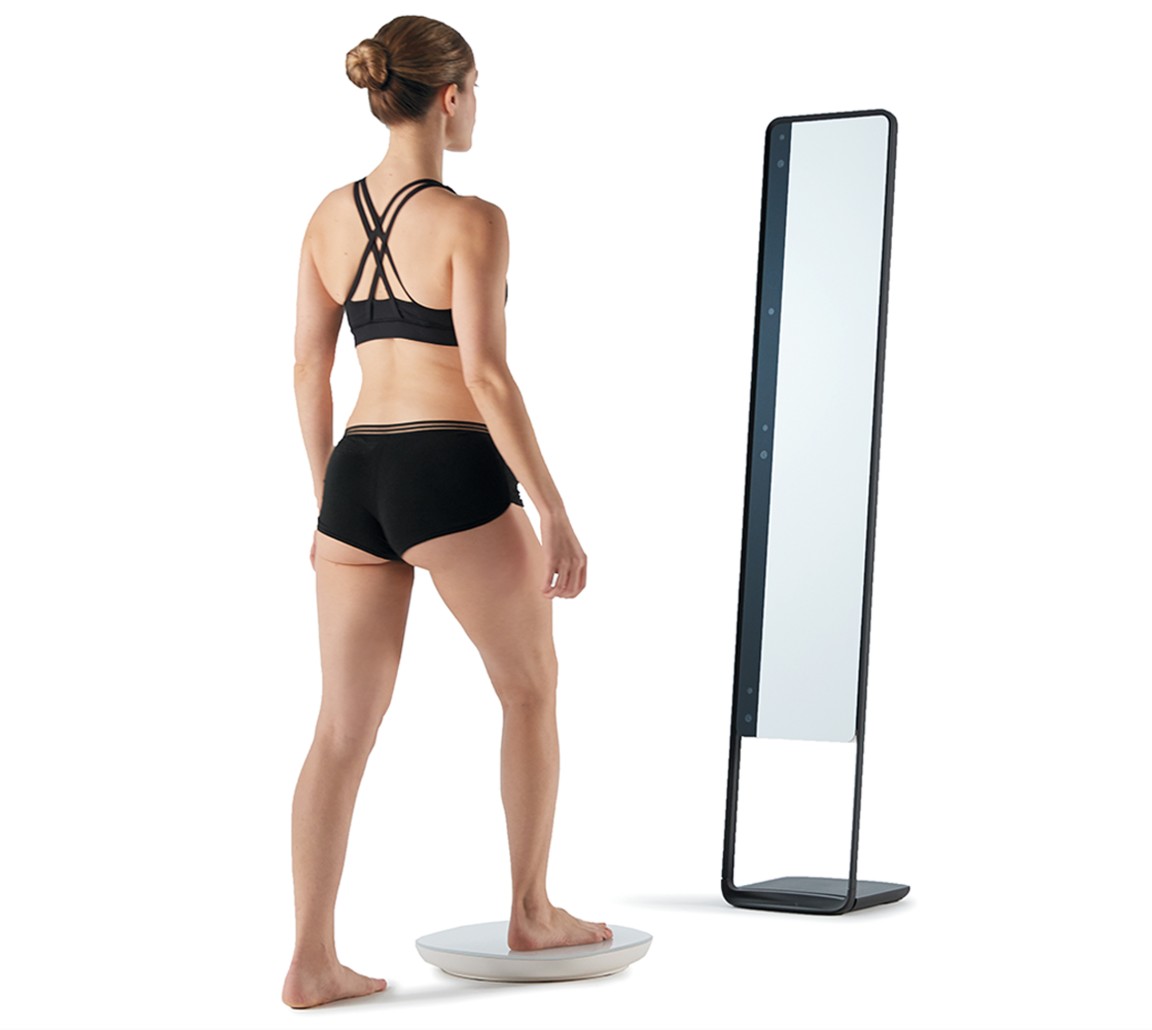








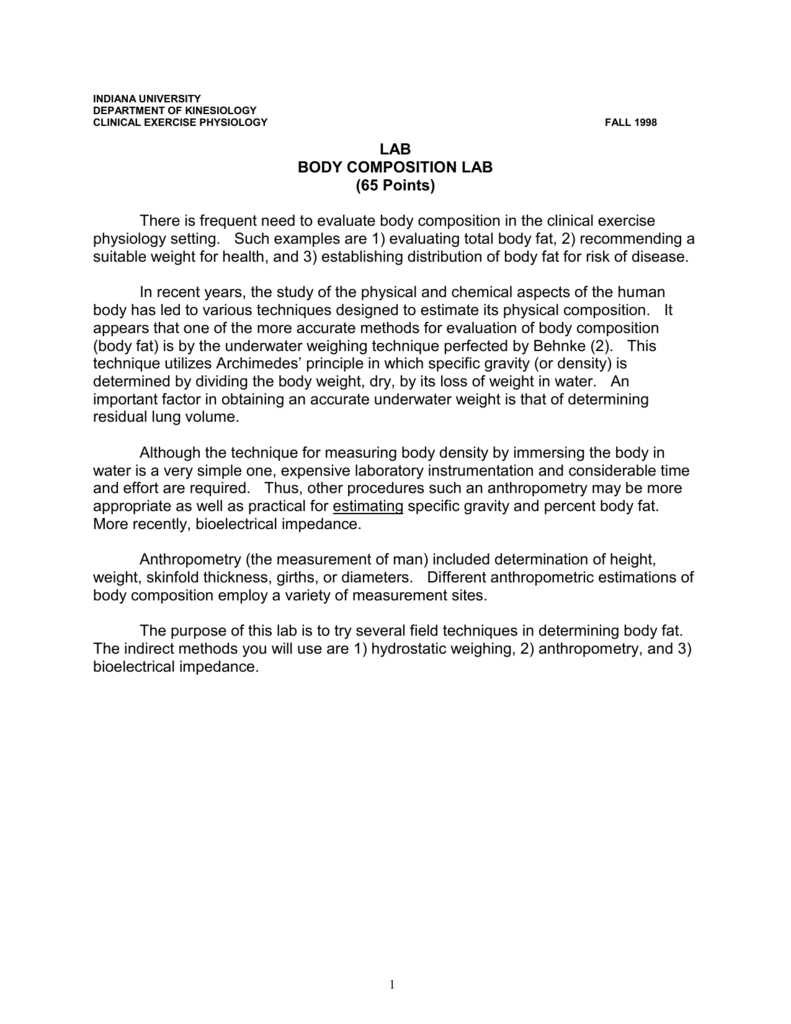


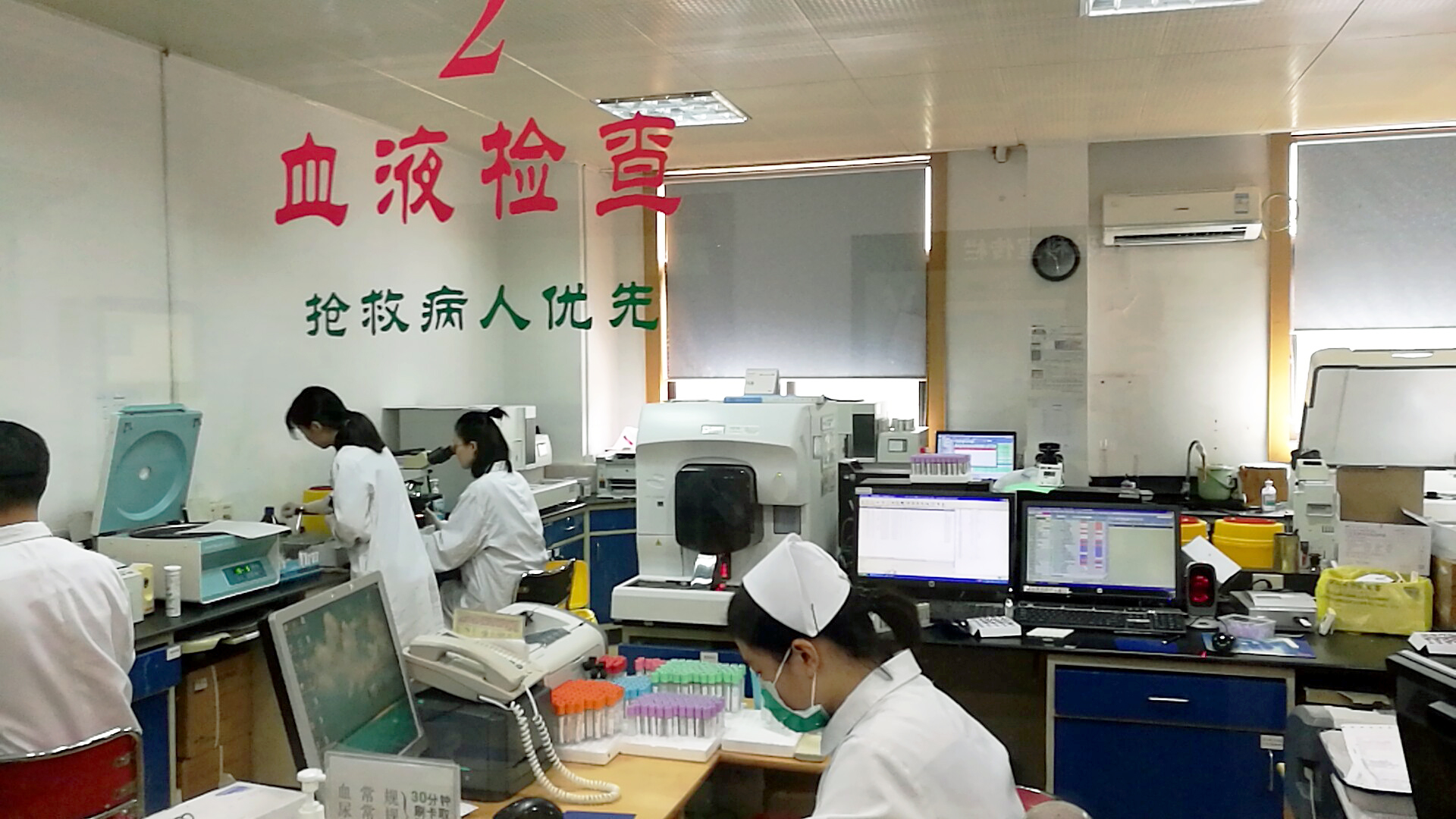


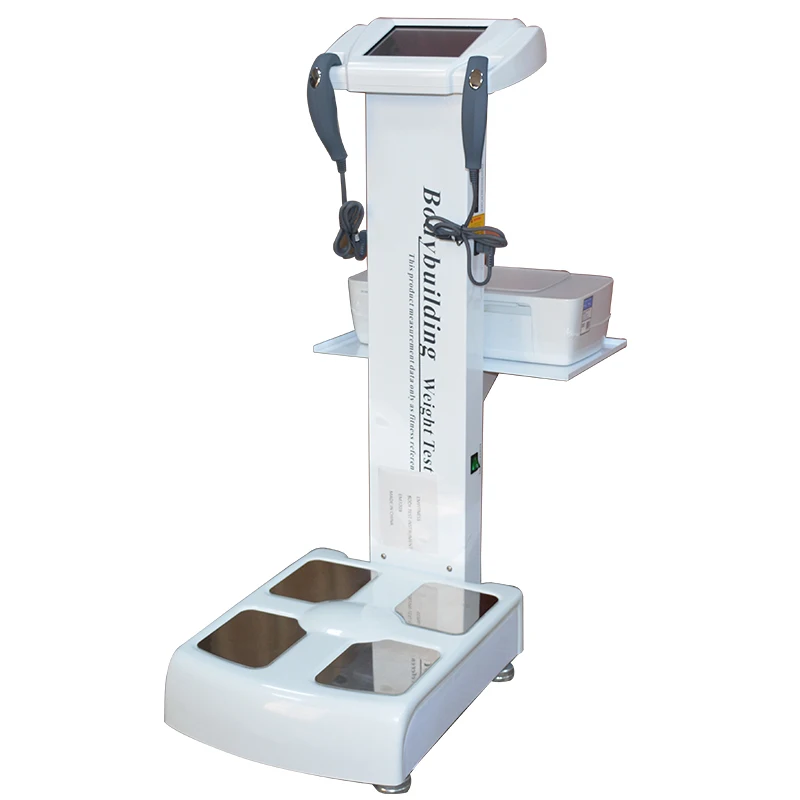

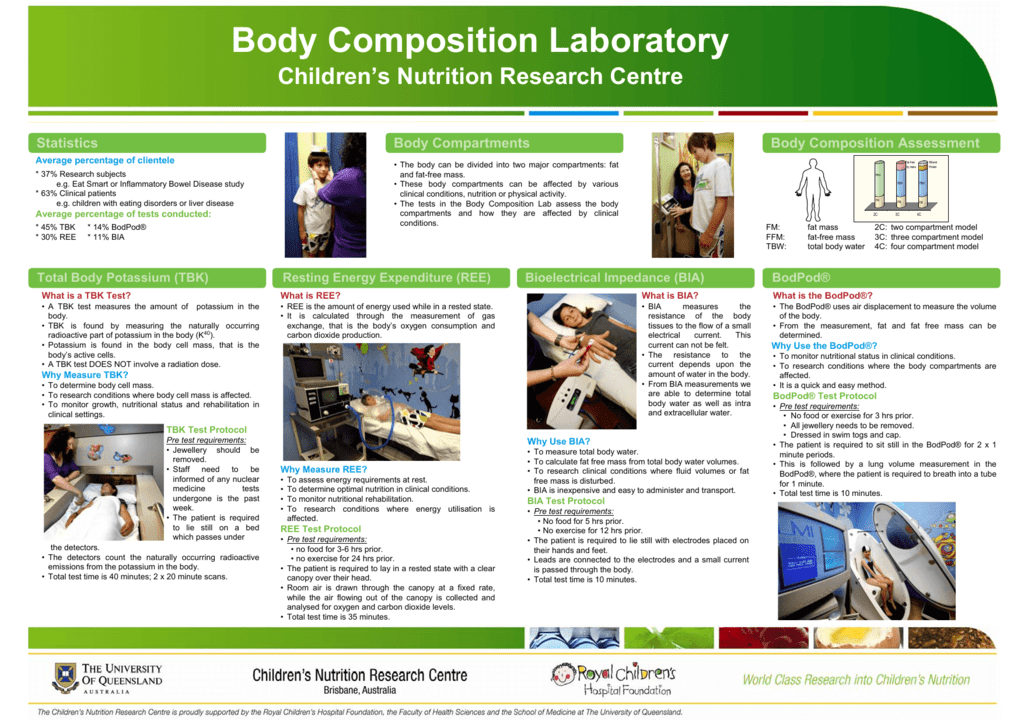

/genetic-engineers-weighing-chemicals-out-142573375-5c7fd72246e0fb00011bf401.jpg)




